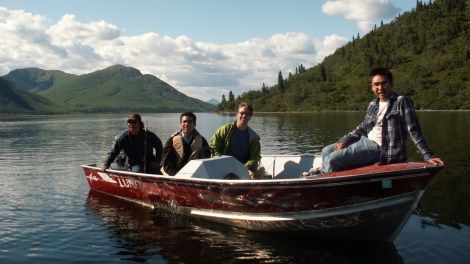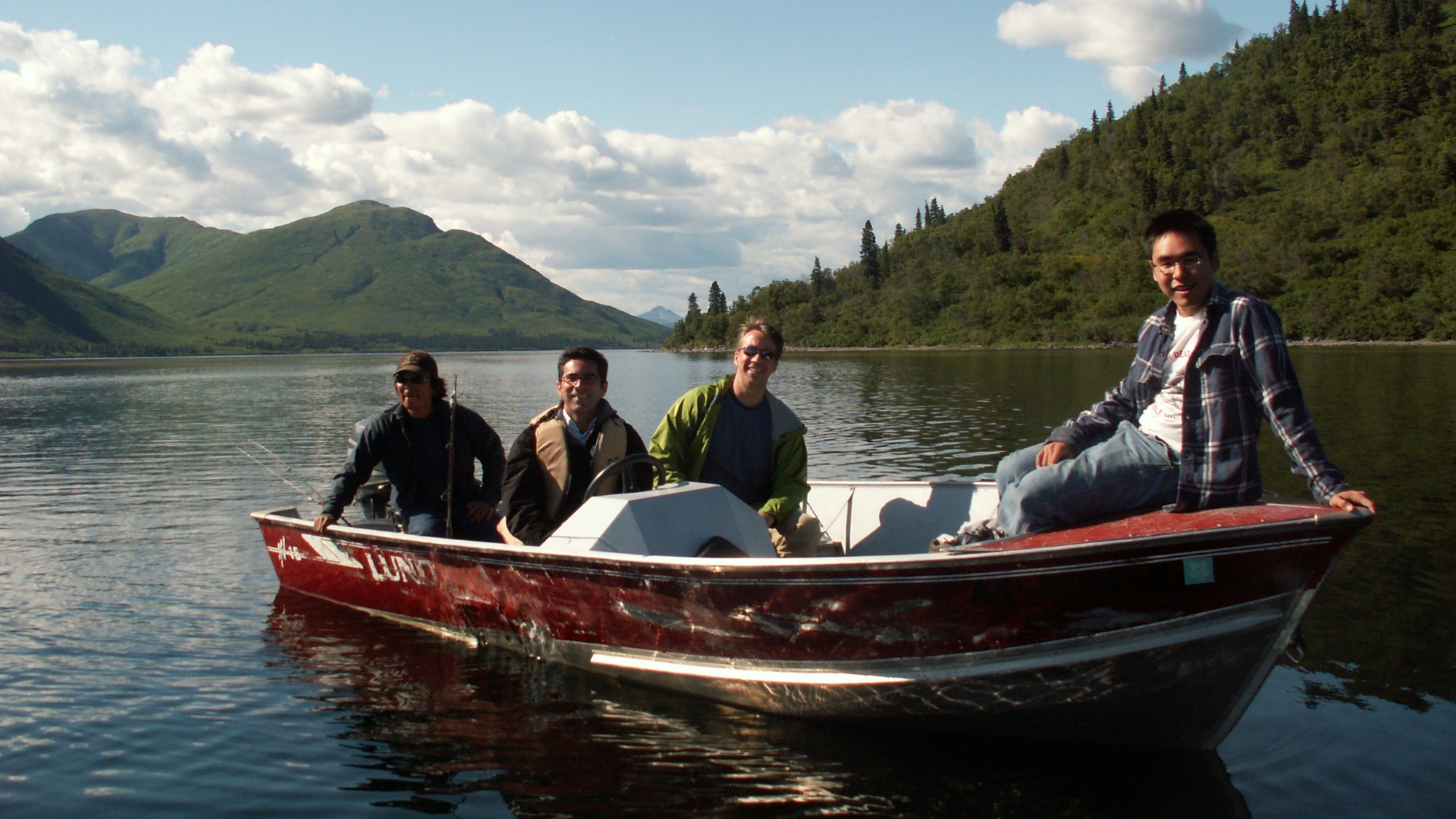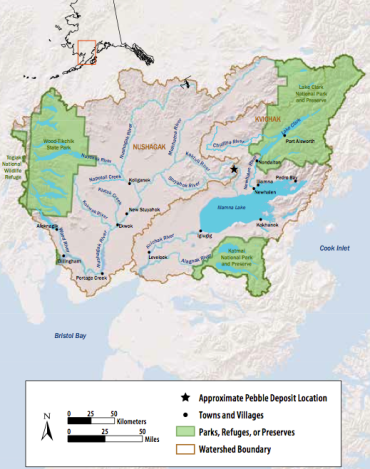
Friends of Bristol BayLocals enjoy Bristol Bay in its pre-polluted state.
A colossal gold, copper, and molybdenum mine near Alaska’s Bristol Bay could devastate the region’s ecosystem and fishing industry, according to a new report from the U.S. EPA.
“[L]arge-scale mining in the Bristol Bay watershed poses significant near- and long-term risk to salmon, wildlife and Native Alaska cultures,” EPA regional administrator Dennis McLerran told reporters upon releasing the report.
Canadian mining company Northern Dynasty wants to build the Pebble Mine in the area, but it hasn’t yet applied for federal permits, so the EPA’s study was about the potential impacts of hypothetical mining in the region rather than the Pebble Mine specifically. Still, it was a damning indictment of Northern Dynasty’s plans. (The U.K.-based Anglo American mining corporation dumped its stake in the project in September, and the U.K.-based Rio Tinto is considering whether to do the same.)
Tribes, fishermen, and environmentalists are pressuring the agency to block Pebble Mine under its Clean Water Act powers. This new EPA report was all about the science — it doesn’t make any policy recommendations — but its findings could be used to support such a move.
Depending on the scale of mining in the area, as many as 94 miles of streams could be drained or blocked, the EPA concluded. As many as 4,900 acres of wetlands that provide habitat to salmon could be lost, plus 450 acres of ponds and lakes. The EPA says a mine’s water-treatment systems could be expected to experience failures, which could poison salmon in up to 60 miles of streams.
Here’s how the report describes the wild habitat that would be compromised by the proposed mine:
The exceptional quality of the Bristol Bay watershed’s fish populations can be attributed to several factors, the most important of which is the watershed’s high-quality, diverse aquatic habitats unaltered by human-engineered structures and flow management controls. Surface and subsurface waters are highly connected, enabling hydrologic and biochemical connectivity between wetlands, ponds, streams, and rivers and thereby increasing the diversity and stability of habitats able to support fish. These factors all contribute to making the Bristol Bay watershed a highly productive system.
But, oh, what about the piles of money that could be made by mining? Ryan Cooper of The Washington Post suggests that not much of it would go to locals:
It’s not clear how big an economic boon this project (called the Pebble Mine) would be to people in the surrounding communities. The Pebble deposit contains billions in minerals — though most of the wealth will go to the conglomerate planning the project; the mine would support only a few thousand jobs. Meanwhile, the Bristol Bay area already has a thriving economy centered around the sockeye salmon run. According to the report, the fishing industry supports over 14,000 jobs, and $480 million in direct expenditures.
Cooper describes a mine as “a big test” for President Obama. If the EPA opposes it, will he publicly support the agency? “The choice EPA makes will be a key indicator of the EPA’s willingness to endure the backlash that will certainly ensue if they take strong action on climate change,” he writes.
Here’s a map of the area that would be affected:




